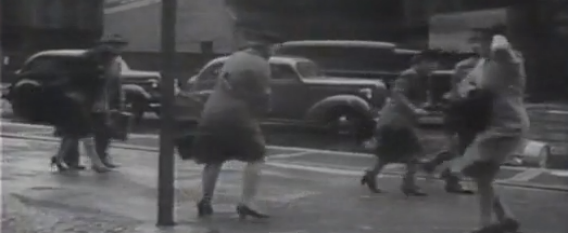History.com with the flashback to the last “Frankenstorm” to hit New York City and New England: The Great New England Hurricane (aka the Yankee Clipper and the Long Island Express), which wreaked its own havoc in the northeast on Sept. 21, 1938:
Without warning, a powerful Category 3 hurricane slams into Long Island and southern New England, causing 600 deaths and devastating coastal cities and towns. Also called the Long Island Express, the Great New England Hurricane of 1938 was the most destructive storm to strike the region in the 20th century.
The officially unnamed hurricane was born out a tropical cyclone that developed in the eastern Atlantic on September 10, 1938, near the Cape Verde Islands. Six days later, the captain of a Brazilian freighter sighted the storm northeast of Puerto Rico and radioed a warning to the U.S. Weather Bureau (now the National Weather Service). It was expected that the storm would make landfall in south Florida, and hurricane-experienced coastal citizens stocked up on supplies and boarded up their homes. On September 19, however, the storm suddenly changed direction and began moving north, parallel to the eastern seaboard. …
All told, 700 people were killed by the hurricane, 600 of them in Long Island and southern New England. Some 700 people were injured. Nearly 9,000 homes and buildings were destroyed, and 15,000 damaged. Nearly 3,000 ships were sunk or wrecked. Power lines were downed across the region, causing widespread blackouts. Innumerable trees were felled, and 12 new inlets were created on Long Island. Railroads were destroyed and farms were obliterated. Total damages were $306 million, which equals $18 billion in today’s dollars.
The Week, meanwhile, digs up this old must-see footage of the storm:
To that, we offer some tape of another weather event that Hurricane Sandy has called to mind:
